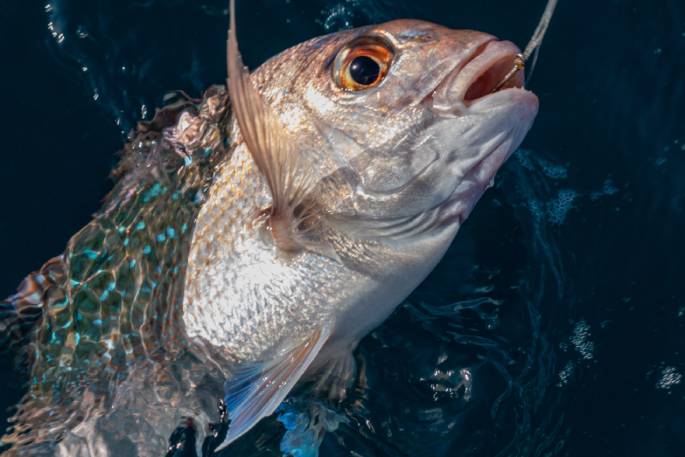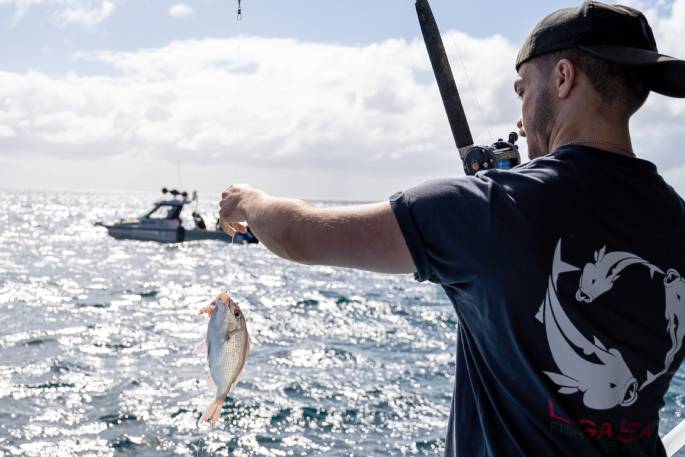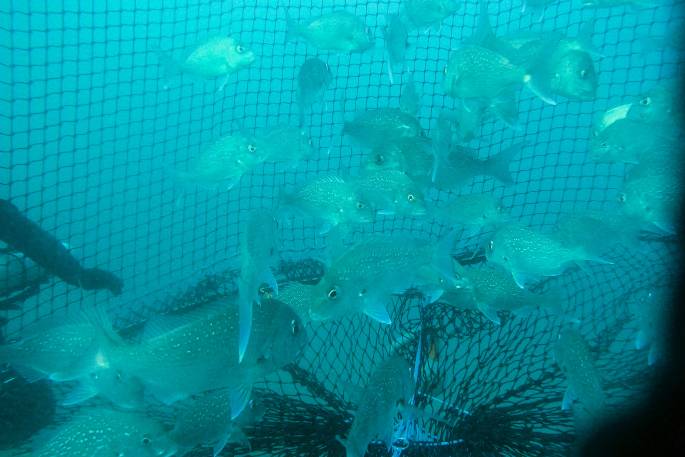New information on the survival rates of snapper that are caught, then released, could help fishers save hundreds of thousands of fish per year and help sustain their fishery.
A research project, commissioned by Fisheries New Zealand and undertaken by the National Institute of Water and Atmospheric Research in collaboration with Ngāti Kuta, Legasea, and Bluewater Marine Research, looking at survival rates of recreationally caught snapper that are released back to the sea, showed around 85 percent of the fish were still alive at the end of the first experiment.
Bruce Hartill, Principal Scientist for Fisheries New Zealand, led the project in his former role at NIWA.
He says, although the numbers can vary from year-to-year, recreational fishers land over 4,000 tonnes of snapper annually in New Zealand.
'For every snapper landed there will be approximately five times that number that are under the minimum legal size, that will be returned to the sea. What happens to those fish can have a real bearing on sustainability.”

The research took place in Mangahawea Bay, off Moturua Island in the Bay of Islands with volunteers fishing from a charter boat.
The details of each captured snapper were recorded, including how the fish was hooked and what depth it came from.
The fish were then quickly transferred to one of nine holding nets and monitored over the following five days.
'Two of the main impacts on fish survival rates were the depth they were caught and how they were hooked. But there are some things we can do to help.”
'Using recurve hooks which are less likely to be swallowed by the fish, handling them carefully making sure not to touch the eyes or the gills, and releasing them quickly will give them the best chance of survival.
'If the fish was caught in deeper water, using release weights will help get the fish back down to their capture depth before they are free to swim away.”
'Anyone that goes fishing wants the same thing – both a feed for today, and healthy fish in the water for tomorrow, so handling practices and the gear used can make a real difference,” says Bruce.
Final survey results are expected to be available by the middle of next year.

The results will give anglers a better understanding of the consequences of throwing fish back, so there's less unseen mortality, and help fisheries managers set optimal fishing regulations, such as daily bag and minimum size limits.
More information on fish handling practices can be found here: https://fishcare.co.nz/handling-and-releasing/



0 comments
Leave a Comment
You must be logged in to make a comment.